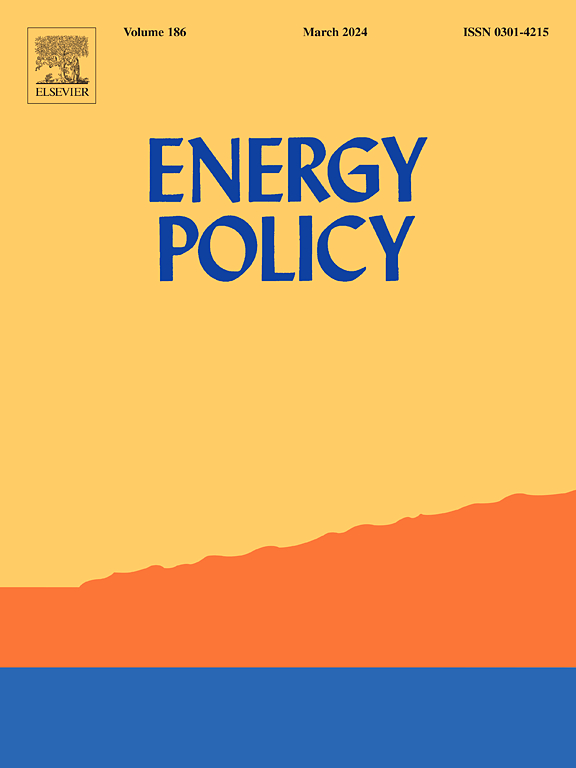Policy incentives and market mechanisms dual-driven framework for new energy vehicles promotion
IF 9.3
2区 经济学
Q1 ECONOMICS
引用次数: 0
Abstract
Incentive policies represented by financial subsidies and dual-credit policies play an essential role in the market cultivation of the new energy vehicle. However, the current promotion is transitioning from a policy-guided stage to a stage driven by both policy and market forces, whose effectiveness has received limited attention. This paper constructs a tripartite evolutionary game model involving the government, automobile manufacturers, and consumers, combining the Hotelling model and evolutionary game theory. We explores the interactive processes and dynamic evolutionary paths of decision-making among the stakeholders in vehicle promotion. The study reveals that: a) Market-driven mechanisms, such as the demonstration effect of new energy ride-hailing, increase the vehicles’ price and market share, with the dual-driven mechanism further enhancing the promotional effect; b) The system exhibits four stable equilibrium strategies, and the target equilibrium will be achieved when the government gains significant social reputation from the environmental benefits; c) The initial selection probabilities of stakeholders significantly impact the equilibrium, while optimizing key elements (e.g., strengthening the influence of tradable driving credits) would partially mitigate the influence of initial probabilities, nudging the evolution towards the target stable strategy. This paper offers theoretical explanations and managerial insights for government decision-making within the dual-driven framework.
求助全文
约1分钟内获得全文
求助全文
来源期刊

Energy Policy
管理科学-环境科学
CiteScore
17.30
自引率
5.60%
发文量
540
审稿时长
7.9 months
期刊介绍:
Energy policy is the manner in which a given entity (often governmental) has decided to address issues of energy development including energy conversion, distribution and use as well as reduction of greenhouse gas emissions in order to contribute to climate change mitigation. The attributes of energy policy may include legislation, international treaties, incentives to investment, guidelines for energy conservation, taxation and other public policy techniques.
Energy policy is closely related to climate change policy because totalled worldwide the energy sector emits more greenhouse gas than other sectors.
 求助内容:
求助内容: 应助结果提醒方式:
应助结果提醒方式:


